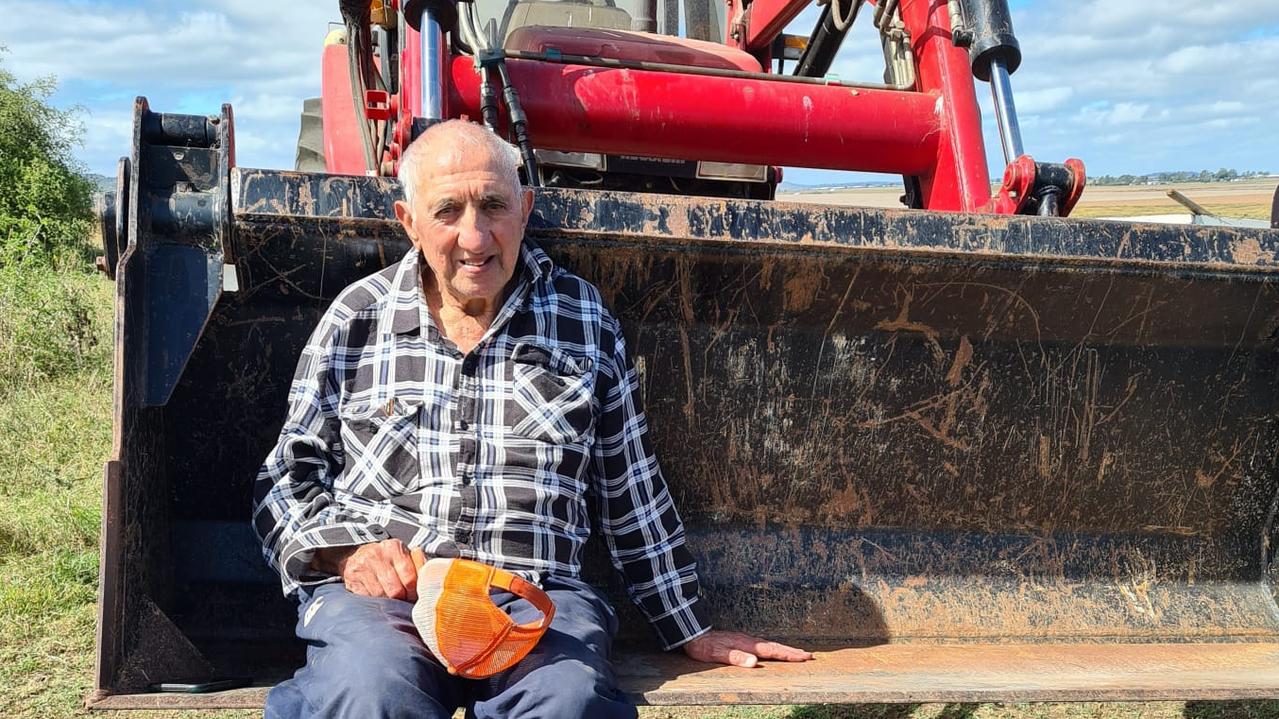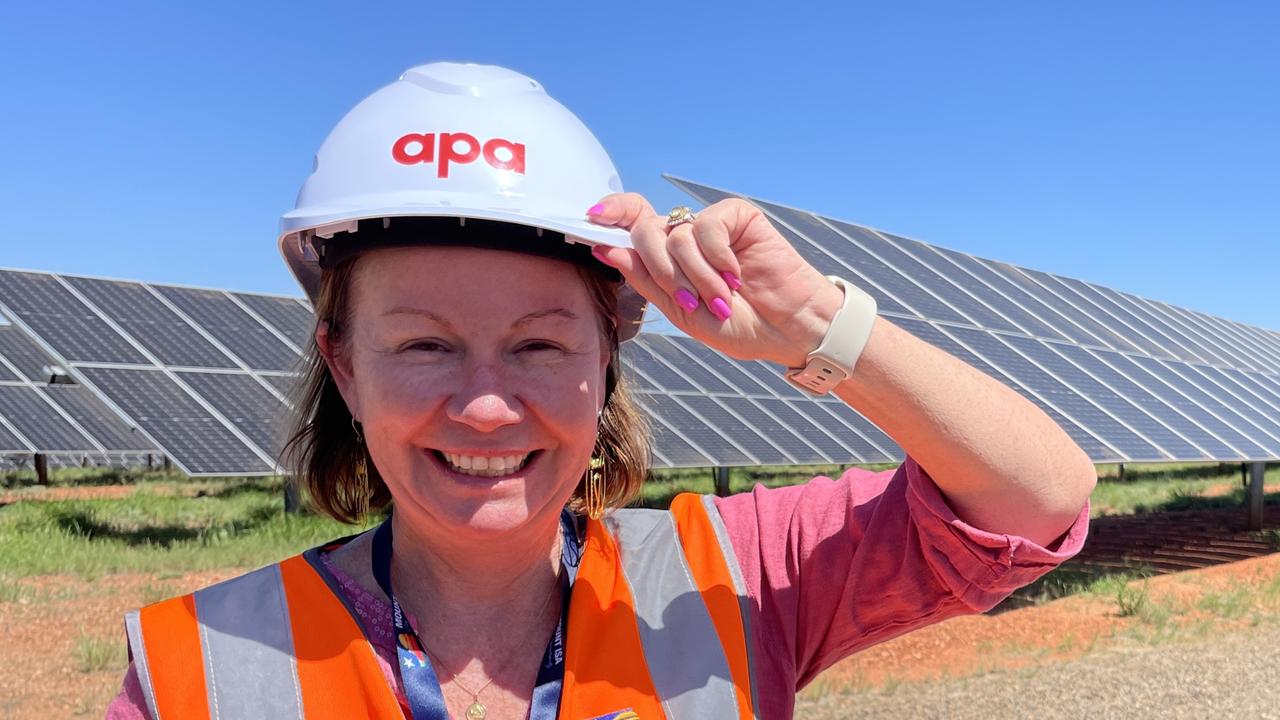Meet Katrina Face, the project leader behind Brisbane’s Queen’s Wharf development
Engineer and development manager overseeing the design of the multi-billion-dollar Queen’s Wharf project says more women should consider joining the industry. SEE TIMELAPSE VIDEO
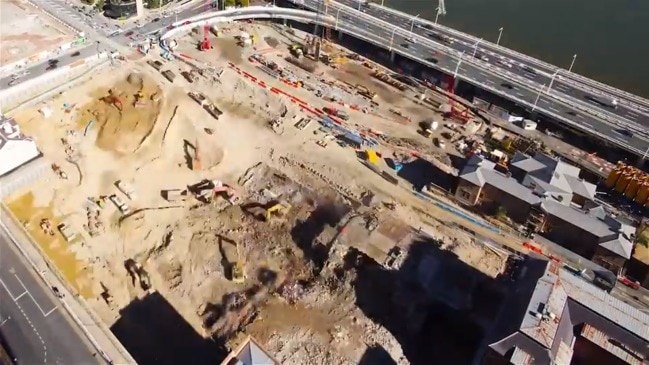
QLD Business
Don't miss out on the headlines from QLD Business. Followed categories will be added to My News.
Meet the woman running Brisbane’s biggest project.
Finishing university amid the recession in the early 1990s, civil engineer Katrina Face got one of the few jobs on offer at the country’s largest project at the time.
More than 25 years later, she’s now leading the team overseeing the development manager overseeing design of Queen’s Wharf.
And more women should consider the industry, she said.
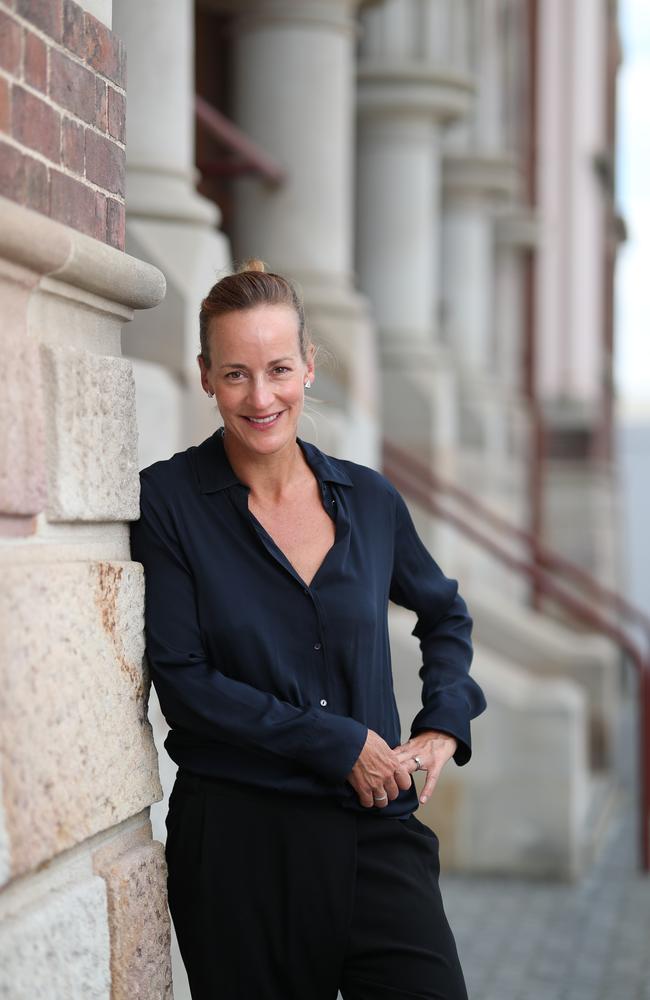
She is responsible for keeping about 80 different consultants, with hundreds of employees
involved, on track and delivering what stakeholders expect from a project reshaping a major part of the city.
City’s $1m-a-day runway taking shape
Thousands of jobs available in $20b project boom
“When I left university I wanted to work on the bigger projects, and different types of projects,” she said.
“This project stands alone in terms of size and scale.”
“Brisbane at the moment has a lot of great opportunities for a graduate engineer – I would have thought they would be spoilt for choice.”
In her first job at Baulderstone Hornibrook, working on the third runway in Sydney, she was the first female site engineer the company had employed.
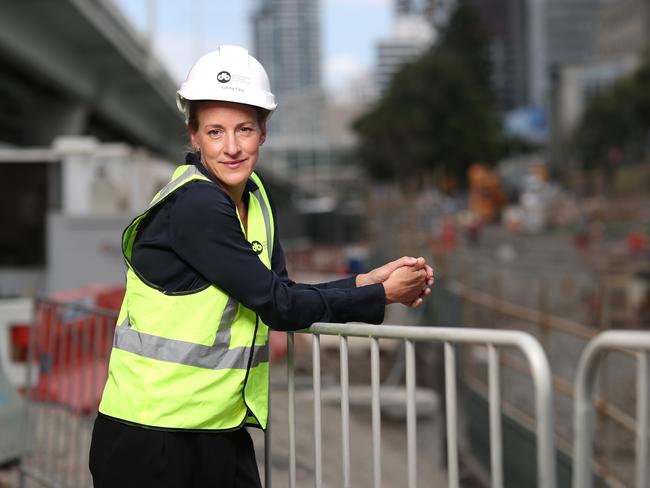
At her next job with Leighton Holdings (now CIMIC) it was the same situation.
“I think it’s always important to market the construction industry as a great opportunity for women to work in,” she said.
“I wasn’t really aware of it at school as a career. I got into the construction industry really just by luck in terms of getting a job on the runway, and I’ve loved it ever since, and I think
we need to market that more broadly.”
Nearly one year on since Queen’s Wharf project started and more than 300,000 cubic metres of rubble has already removed.
The project has about 120 workers on site with as many as 2000 expected by peak construction, according to the Queensland Government.
The excavation pit is currently at 22 metres, expected to reach 26 metres at its deepest and be finished by around August.

